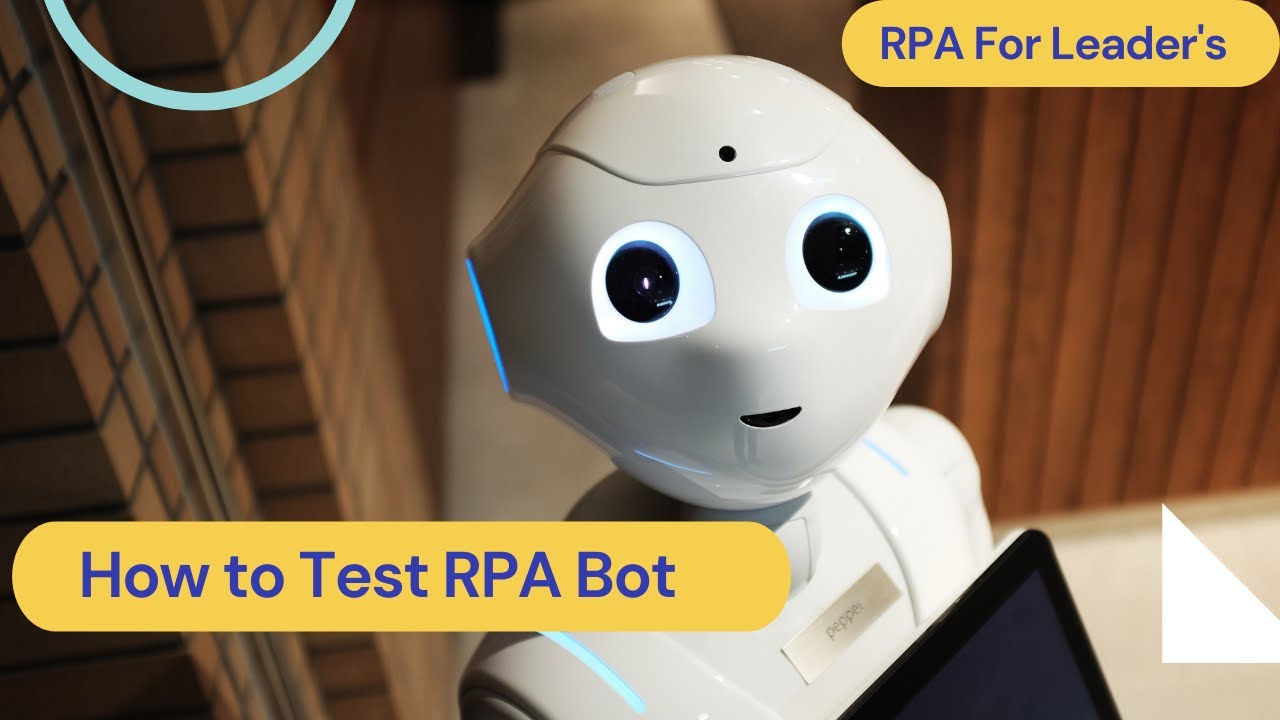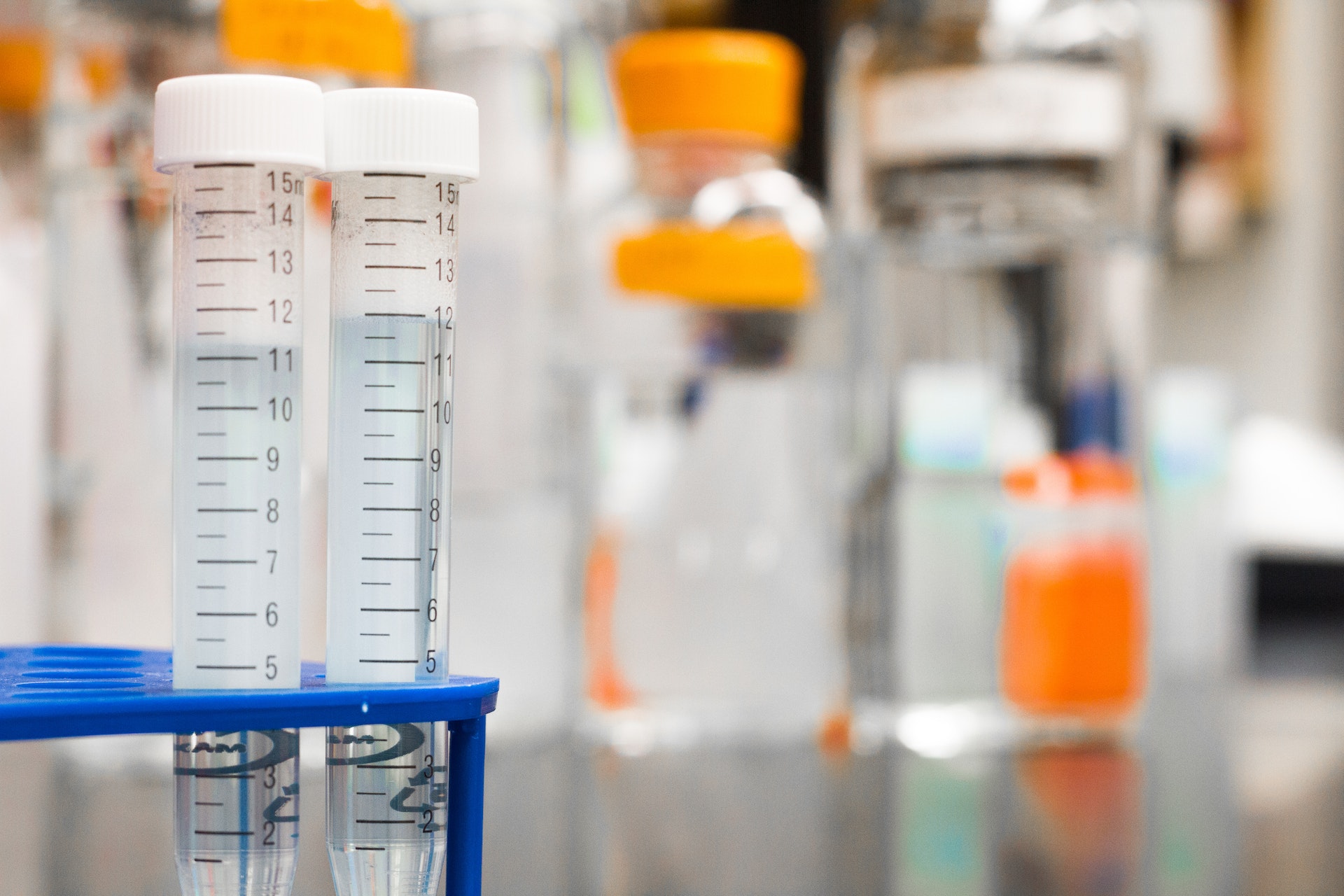RPA Testing - How To Automate Testing For Beginners?
Robotic process automation (RPA) is a technique in which RPA programmers use various technologies to automate routine, manual tasks. On the other hand, RPA testing is different because it specifies the inputs, expected results, and outputs to see if automation projects or campaigns are working as planned. Users may also check activity coverage after implementation to make sure the behavior doesn't change even when the workflow is altered.
Author:James DavisSep 24, 2022892 Shares297.2K Views

Robotic process automation (RPA) is a technique in which RPA programmers use various technologies to automate routine, manual tasks. On the other hand, RPA testingis different because it specifies the inputs, expected results, and outputs to see if automation projects or campaigns are working as planned.
Users may also check activity coverage after implementation to make sure the behavior doesn't change even when the workflow is altered.
What Are The Types Of RPA Testing?
Before releasing the production program, testing is the first and most important phase in every software development. The RPA program has a built-in testing feature that allows us to create our test cases and evaluate the effectiveness of the code.
How Is RPA Different From Test Automation?
People frequently make the error of confusing test automation and robotic process automation since they both share the term "automation." There are several parallels between RPA technologies and test automation solutions from a technological perspective.
For instance, RPA techniques and UI test automation technologies both strive to automate UI interactions. Companies gain from the tools' repetition of the tester's instructions since they automate work and save costs.
Despite their many similarities, test automation and RPA are not the same things for the following reasons. RPA automates a variety of business operations and isn't always utilized for testing.
Therefore, RPA serves purposes beyond those of normal test automation efforts, which focus primarily on testing instruments. Additionally, testers use a programming language to create scripts for test automation. However, RPA doesn't require coding to automate processes.
The aforementioned differences result in a more significant distinction, namely that test scripts used for test automation depend on the system being tested (SUT). Robotic process automation technologies never rely on the software that the process is operating on, regardless of how they handle data migrations, accounting systems, or flagging your emails.
Can RPA Be Used To Automate Tests?
When employing RPA technologies for test automation, keep in mind that there aren't many distinctions between the two types of tools. For instance, some companies advertise their services as robotic test automation or robotic process automation for testing. The distinction is in the application of automation.
You should take into account specific skills, such as troubleshooting while evaluating the tools for your business operations. The expert does not anticipate finding faults in the program after activating RPA.
However, when performing testing, you prepare for tool flaws and attempt to identify, assess, and resolve them as quickly as feasible. This is the reason why top-notch test automation systems offer troubleshooting and reporting capabilities that include logged information on the instances that took place.
This does not, however, imply that RPA users do not view troubleshooting as a crucial component. Instead, it implies that the user will use the knowledge in a new way, for as by changing the automated process rather than the tool itself.
Which Are The Steps Of RPA Testing?
The following are the fundamental procedures for RPA testing:
- It is simple to test RPA using UiPath Studio. Before deploying, the procedure should be tested by the tester. In addition to the tester, developers may also test the procedure here. The developer or tester must first decide which procedure they wish to test. They must then choose the Create Test Case option from a list of alternatives that appears when they right-click on the Main.XAML file in the Project Panel.
- They will be able to examine the test case's structure after generating it. There are three parts, and they are as follows:
- Put the input in the designated section to test the procedure.
- When section: Start the RPA process that will be used for the testing.
- When the test cases are run, the results show how many steps of the workflow each test case has covered.

How to Test RPA Bot | RPA Solution Testing | RPA Testing | Robotic Process Automation
People Also Ask
What Is RPA In Software Testing?
Robotic process automation (RPA) makes it simple to create, use, and manage software robots that mimic how people interact with computers and software.
Is RPA Used For Testing?
A technology called Robotic Process Automation (RPA) was created to help organizations simplify their procedures. RPA is therefore applicable to practically any department and not only to development, testing, or QA.
Conclusion
RPA is the most recent technology with the potential to completely reinvent business process management, but the RPA tool is already one of the greatest automation testing tools. No coding knowledge is needed to use this application.
It is therefore readily adjustable, but this tool also provides software with simplicity, scalability, cost-savings, accuracy, productivity, and flexibility. What do you think, everyone?

James Davis
Author
James Davis keeps you updated daily with the best shopping tricks, hacks, and frugal living tips that you won’t find anywhere else. He also talks and writes about creative ways to save money, job opportunities like clever ways to make money from home, great jobs for teens, and online jobs that pay well.
James also enjoys working on Social Media campaigns for major brands. He believes in creating a personal relationship between the brand and its consumers. He is very much into taking the corporate out of the brand and bringing it down to the level where consumers can feel comfortable interacting and taking the brand seriously.
Latest Articles
Popular Articles
